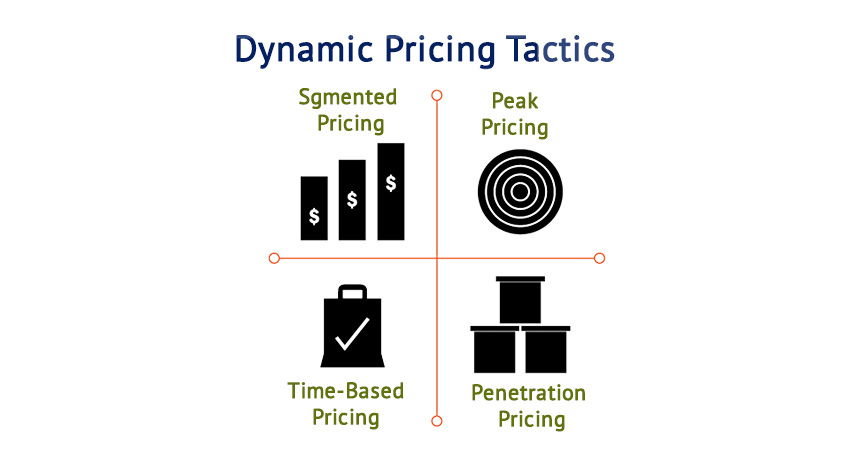

By considering consumer behavior when approaching pricing, companies continue to price at the value a customer ascribes to a given product, they also work to manipulate that perception of value, measure, and increase it. Machine learning technology takes dynamic pricing to the next level, as it can process much larger data sets and can consider various influencing factors to predict the effect of price changes.įor companies retailing online, consumer behavior and that data generated by it should be a major focus. The explosive growth of big data and the potential it contains for developing AI and machine learning approaches to pricing strategies has unlocked new opportunities for intelligent pricing solutions. In today’s hyperfast, highly competitive retail landscape, data-based dynamic pricing strategies are harnessing the power of this consumer data and using it to drive pricing decisions. Data which could inform smarter, more agile pricing decisions! cost base, conversion rates, etc.) With this approach, massive amounts of important data – both transaction data and non-purchase data – went under utilized. Traditionally, pricing in retail was set based on static price rules that utilized a limited amount of data inputs (e.g. The ability to take quick, informed action around pricing has a massive impact on overall profit margins. Prices need to make sense within an increasingly competitive landscape, and your business’ pricing model needs to be ready to adapt to fluctuations in customer demand and purchasing behaviors. With the ongoing boom in online shopping, implementing dynamic pricing has never been more important than it is right now.


 0 kommentar(er)
0 kommentar(er)
